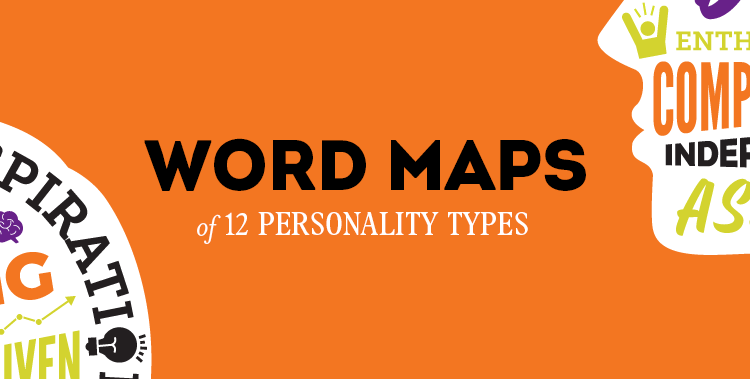How To Write an Incredible Elevator Pitch
Think of an elevator pitch as a bite-sized snack — a sample taste of your company you share before bringing out the entire meal, complete with all the minute details.
An elevator pitch is your chance to share essential information about you and your business to pique your audience’s interest and leave them hungry for more.
However, give your audience too much information too fast and you’ll leave them feeling sick like they had one bite too many, regretful that they consumed anything in the first place.
You don’t want to force your audience to bite off more than they can chew.
So how do you perfect your elevator pitch so that it’s just right? You don’t want it to be too overwhelming, but you also don’t want it to be so underwhelming that it doesn’t pique interest at all.
We’re here to give you the top five tips you need to create an incredible elevator pitch — a snack that will leave your audience’s appetite craving more:
Seize the Moment
Nail Your Key Points
Ask Questions
Call Your Audience to Action
Keep it Simple
Seize the Moment
A common business mistake is thinking prime business opportunities will always present themselves. While this may be true occasionally, most of the time in business you have to put yourself out there and seize the moment if you want to get your voice heard and your business noticed.
You might not have the perfect opportunity to share your elevator pitch, but that doesn’t mean you should wait around and stay quiet. Create the opportunity yourself and the ‘right moment’ can be whenever you want it to be.
Of course, you want to be targeted about who you share your elevator pitch with, and you don’t need to be sharing it with everyone you meet. But keep in mind, you need to speak up and take advantage of your network around you to create crucial opportunities.
For example, if you’re at a work conference, instead of taking a seat at the back of the room by yourself, sit next to someone and introduce yourself. Break the ice, make conversation and if it’s a useful connection, share your elevator pitch and exchange contact information. This may turn into a meaningful customer relationship down the road.
Nail Your Key Points
To have an effective elevator pitch, you want it to include the essential information about you and your company. While being brief (ideally, your elevator pitch should be 30-60 seconds), your pitch should answer the following questions clearly and succinctly:
- Who are you?
- What is the product or service you offer?
- What problem is your product or service solving?
- How is what you offer different and better than your competitors?
- Why should this interest your current audience? How is your offer specific to their needs?
- What’s the goal of this elevator pitch? What do you want your audience to do with this information (schedule a meeting with you, purchase your product or service, etc.)?
Ask Your Audience Questions
Answering the above questions is vital to your elevator pitch, but it’s also just as important to turn the attention back on your audience to better understand the people you are pitching to. Asking questions will not only allow you to personalize your pitch but it will also encourage engagement and make for a more successful pitch.
You want your elevator pitch to be an interactive conversation rather than a rehearsed speech. This will make for a more genuine pitch, and your audience will be more open to listening to what you have to say. Pitch personalization is one of the best business tools you can have under your belt.
The questions you ask in a pitch will differ depending on who your target audience is, but you should inquire about things that are relevant to your offering and to your audience. Anything that will help you understand your audience’s needs and their connection to your business has the potential to improve your pitch.
MindTools gives this example of an effective elevator pitch:
“My company develops mobile applications that businesses use to train their staff remotely. This means that senior managers can spend time on other important tasks. Unlike other similar companies, we visit each organization to find out exactly what people need. This means that, on average, 95 percent of our clients are happy with the first version of their app.”
The pitch ends with a crucial question for the audience:
“So, how does your organization handle the training of new people?”
Asking a question like this draws the attention back to the audience and further opens communication, making it easier to determine the specific situation and needs of the listener. Any way you can personalize your pitch to the listener will likely work to your advantage.
Call Your Audience to Action
To increase the effectiveness of your elevator pitch, you want to close it with a call to action. If your pitch is relevant to your audience and they are interested in learning more, you want to put the next steps in motion.
Begin by thanking your audience for listening and then suggest how they can move forward if they’d like to learn more.
For example, say you’re promoting a new mobile app your company just launched and you’re short on time, but your audience clearly wants additional information. You could try a call to action similar to this:
“Thank you so much for taking the time to hear about [mobile app name]. I’d love to delve in further and show you some specific features I feel would benefit you personally. Would you be interested in setting up a meeting next week where we could go over the app together and I could answer any questions you have?”
This demonstrates to your audience that their needs are a priority, and it ensures your elevator pitch is successful and turns into a possible conversion.
Keep it Simple
The final crucial tip to remember when crafting your elevator pitch is to keep it simple. Make every sentence count and if you feel like it’s vague or doesn’t contribute to the ultimate success of your elevator pitch, leave it out.
You want your pitch to be 30-60 seconds with clear and easy-to-understand language, so note if your pitch is filled with jargon your current audience might not understand, consider crafting a pitch that is free of industry-related jargon that will be understandable to anyone, even if they are unfamiliar with your line of work.
Lastly, you want your pitch to be memorable. So while you’re trying to keep simple, remember to make it unique and intriguing so it will stand out even in a handful of other pitches.
We’re confident the above tips will help you boost your overall business model and create an elevator pitch that is personalized and intrigues your audience, making the information easy to swallow for listeners who want a quick taste of your business.
Author Bio
McCall Robison is the Chief Editor of Best Company’s business blog. She enjoys covering topics related to business and finance, and her work has been featured on Yahoo Finance, Forbes, and Business Insider.





